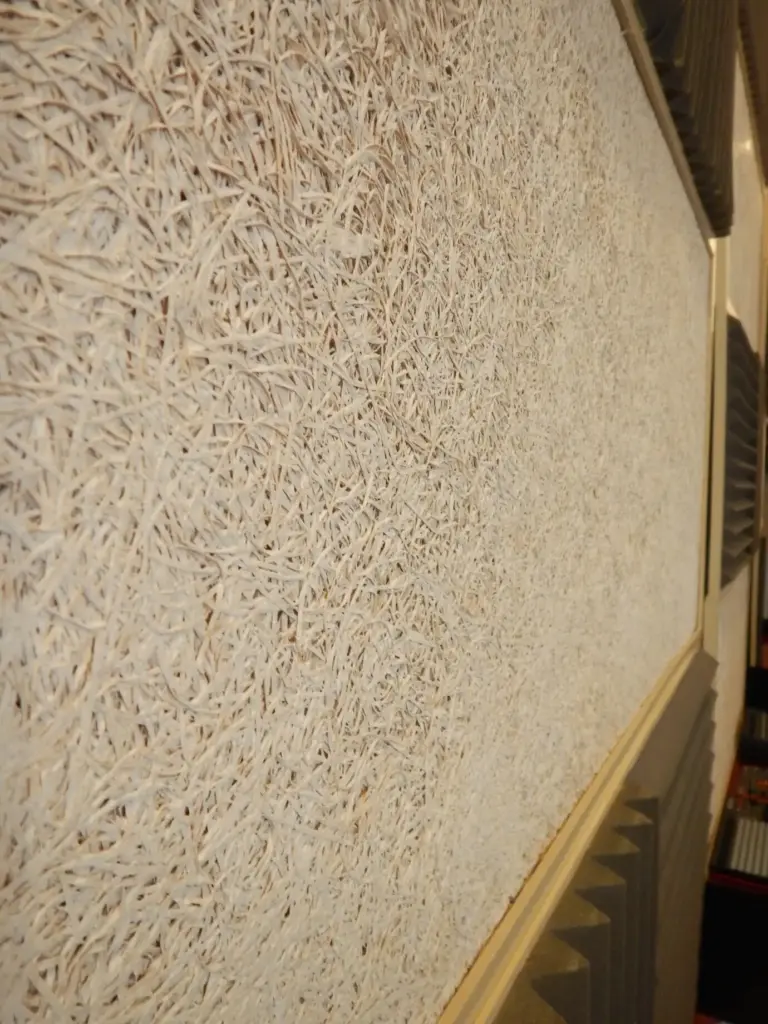
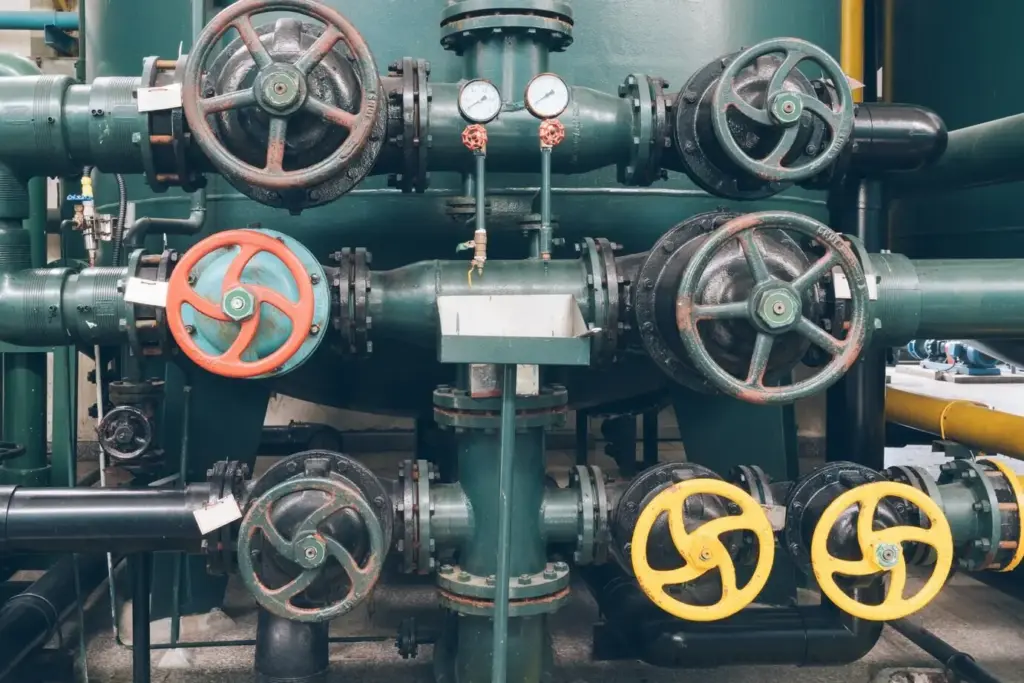
From Cradle to Cozy: Insulation That Cuts Carbon and Bills
Welcome! Today we dive into the Life-Cycle Carbon and Energy Savings of Eco-Friendly Home Insulation. We’ll trace materials from origin to installation, through decades of use, and finally to reuse or recycling. Along the way, you’ll find practical choices, candid stories, and clear numbers you can act on. Join our community by asking questions, sharing retrofit photos, or subscribing for updates, and turn your home into a quieter, healthier, lower‑carbon refuge that saves money every single season.
What Your Walls Are Made Of Matters
Behind every warm room is a chain of decisions that began long before delivery day. Different insulation materials carry very different embodied carbon, energy needs, and health profiles. By examining fiber sources, manufacturing energy, additives, and expected service life, we can spot real climate gains. This overview connects product labels to genuine life‑cycle performance, helping you prioritize lower‑carbon choices without sacrificing safety, durability, fire resistance, or the acoustic calm that makes a home feel truly restful.

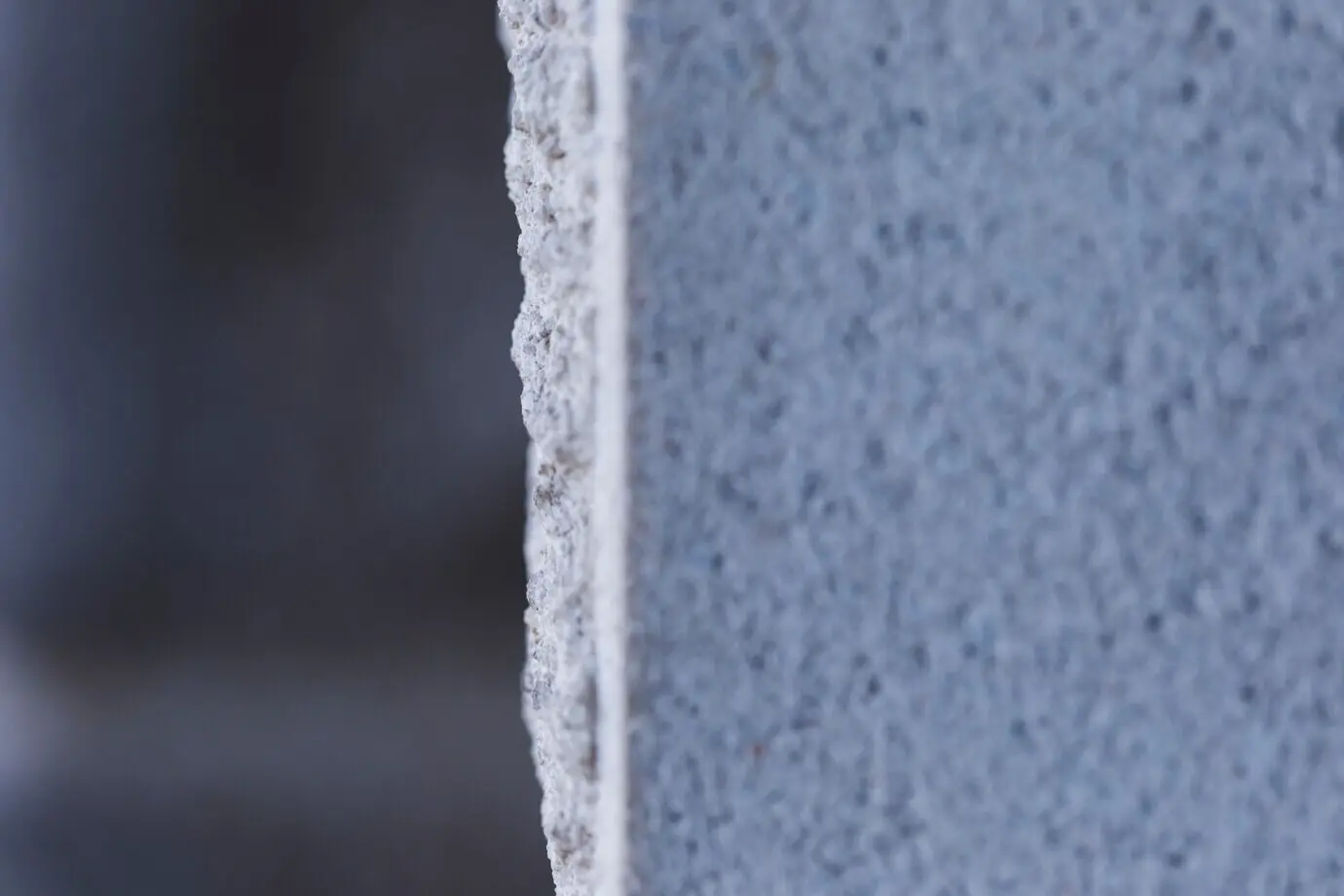
Closer Is Often Cleaner
In one retrofit, a crew chose locally produced cellulose over an imported foam with similar R‑value, eliminating thousands of transport kilometers and slashing the project’s initial emissions. Freight reductions do not just look good on paper; they compound early carbon payback and speed household savings. Ask suppliers to quantify shipping footprints and packaging waste, then align orders with realistic installation schedules, so fewer rush trips and idling trucks quietly protect your budget and the atmosphere together.
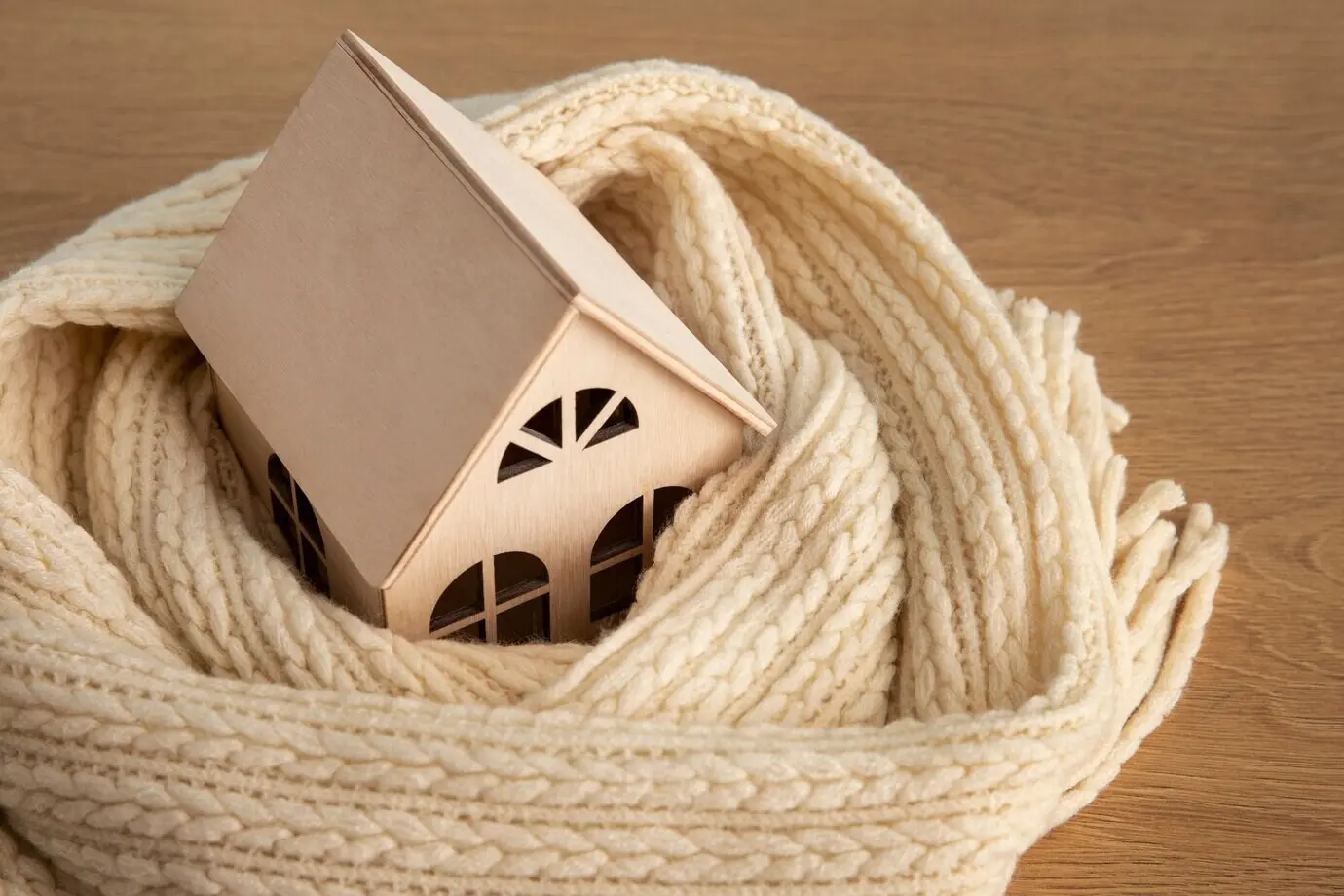
Packaging and Compression Change the Math
Compressed mineral wool and high-density batts pack more thermal performance per truck, reducing ton‑kilometer emissions and site clutter. Loose‑fill products may require larger volumes by nature, so plan storage and efficient staging to minimize extra trips. When the supply chain cooperates, a single consolidated delivery often beats several small runs. It seems mundane, yet small logistics moves can tilt life‑cycle assessments, nudging your project toward a cleaner start before electricity meters even begin recording reduced demand.
Airtightness Before R-Value
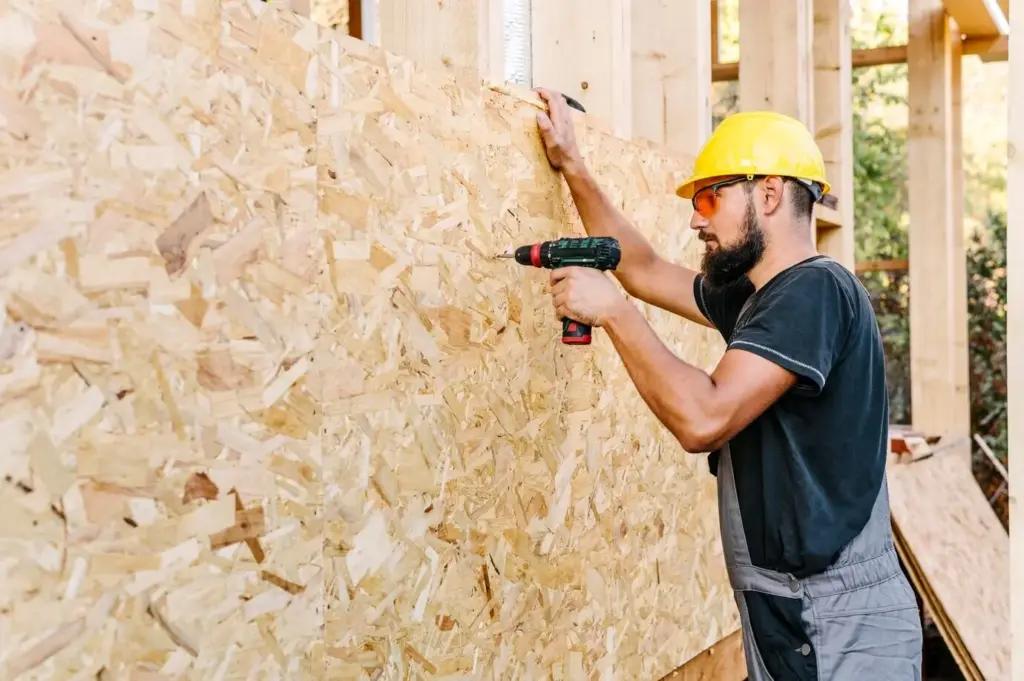
One 1950s bungalow reduced heating energy by nearly half after meticulous air sealing, then dense‑packing cellulose into walls and topping attic levels. The R‑value mattered, yet eliminating uncontrolled air paths stabilized rooms and made thermostats meaningful again. Because the blower door confirmed progress, the household trusted the process and continued upgrades confidently. That momentum accelerated operational carbon cuts, delivering a shorter payback than any single product swap, and a quieter interior that encouraged deeper winter setbacks.
Avoiding Moisture Traps
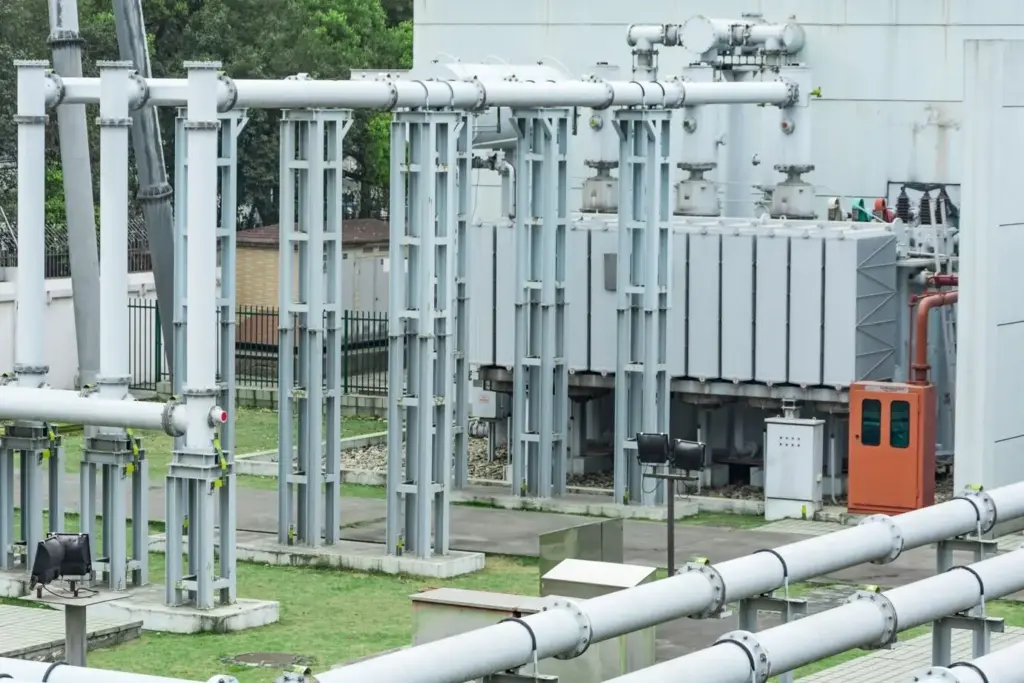
Effective insulation works with vapor flow, not against it. Smart membranes, ventilated rainscreens, and vapor‑open boards help assemblies dry in both directions when climates demand it. Hygrothermal modeling can reveal risky layers before they are built, preventing costly repairs and wasted materials. By keeping cavities dry and structural members healthy, you protect decades of operational savings and avoid emissions tied to premature replacements, remediation vans, and deconstruction. Dry walls, simply, keep carbon and comfort on track.
Details at Joists, Rim Beams, and Attics
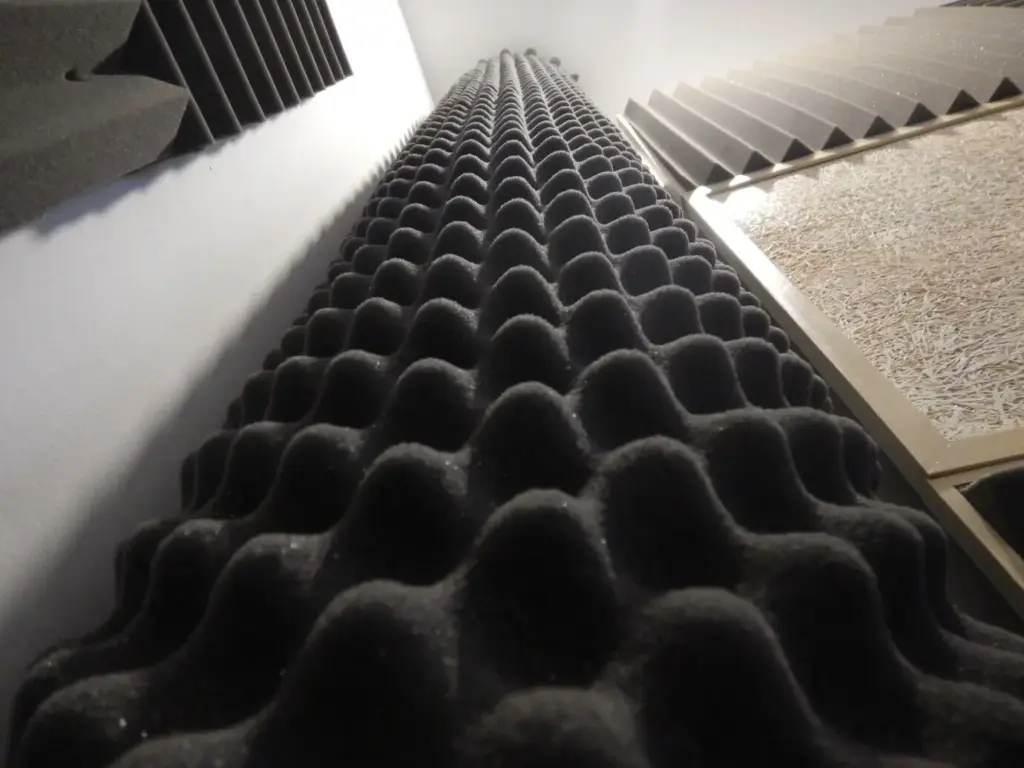
Thermal bridges around steel beams, rim joists, and attic hatches can undermine otherwise excellent assemblies. Address these stubborn edges with continuous exterior insulation, careful cutting around wiring, and durable air-barrier transitions. Dense‑packing into irregular bays prevents voids that become invisible energy leaks. Contractors who photograph hidden layers build trust and a record owners can share during resale. Those small proofs often inspire neighbors, multiplying community savings as copycat projects repeat the same careful, carbon‑smart details.
Use-Phase Performance That Keeps Paying Back
Across a product’s lifetime, the energy saved in daily operation usually dwarfs the energy invested upfront. Climate zones, occupant behavior, and equipment choices shape the curve, but good insulation nearly always pushes bills and emissions downward. Pair with heat pumps, smart thermostats, and shade strategies to amplify gains. Track seasonal patterns, because summer comfort and quieter rooms matter to families, too. When people feel better, they stick with efficiency habits, locking in long‑term, compounding climate benefits.
Leaving a Lighter End: Reuse and Return Loops
Life‑cycle thinking ends with beginnings. Choose products designed for disassembly, with mechanical fasteners and reversible layers, and you’ll unlock future reuse instead of costly landfill trips. Cellulose can be vacuumed and reblown; cork can be repurposed or composted when clean; wood fiber often finds second lives in acoustic panels. Favor suppliers who publish end‑of‑life pathways and support take‑back. Planning for tomorrow protects today’s wins, ensuring the last chapter respects the same climate goals as the first.
Counting What Counts: Money, Incentives, and Measurable Results
Budgets shape choices, so connect climate gains with cash flow from the start. Calculate simple payback alongside carbon payback, then layer in rebates, tax credits, and low‑interest loans that shorten timelines further. Document pre‑retrofit bills and temperatures, and test again after work to prove results. Clear evidence builds household confidence, eases resale conversations, and persuades family skeptics. When numbers and comfort align, upgrades stop feeling like chores and start feeling like lasting, pride‑worthy improvements.
All Rights Reserved.